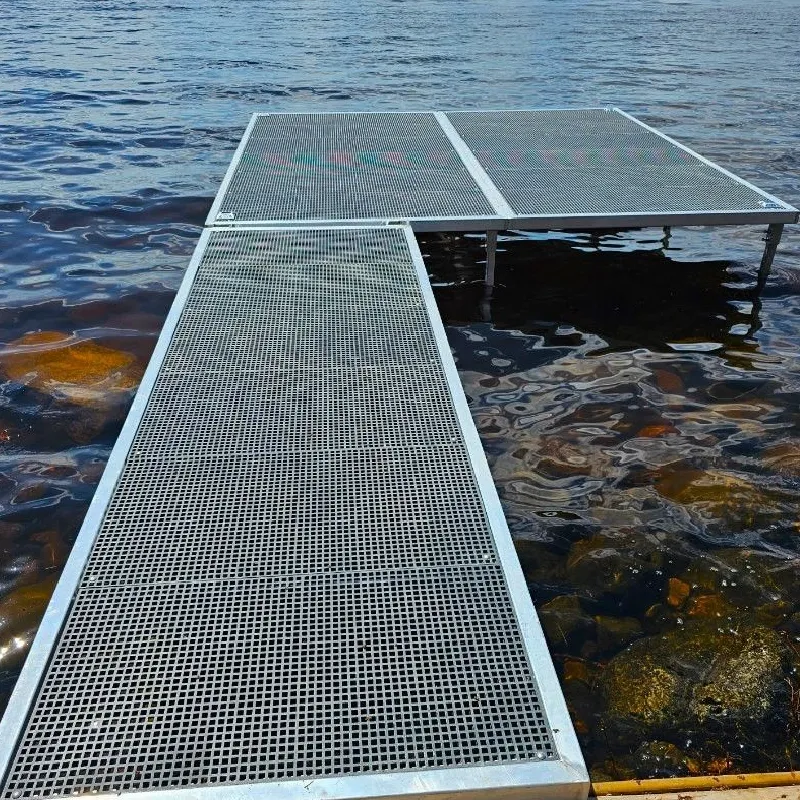loading...
- No. 9, Xingyuan South Street, Dongwaihuan Road, Zaoqiang County, Hengshui, Hebei, China
- admin@zjcomposites.com
- +86 15097380338
- Welcome to visit our website!
Understanding the Costs of Fiberglass Rebar for Construction Projects
The Cost of Fiberglass Rebar An Investment in Durability and Efficiency
Fiberglass rebar, also known as GFRP (Glass Fiber Reinforced Polymer) rebar, is rapidly gaining popularity in construction and civil engineering due to its unique properties and advantages over traditional steel rebar. One of the primary factors that influence its adoption is the associated cost. Understanding the financial implications of using fiberglass rebar can help project managers, engineers, and contractors make informed decisions.
The Cost of Fiberglass Rebar An Investment in Durability and Efficiency
One of the most significant advantages of fiberglass rebar is its resistance to corrosion. Unlike steel, which can rust and deteriorate over time when exposed to moisture, chemicals, and salt, fiberglass rebar remains unaffected by these environmental factors. This inherent property leads to significantly lower maintenance and replacement costs in the long run. Structures built with fiberglass rebar typically have a longer lifespan, reducing the frequency of repairs and replacements that would otherwise be necessary with steel rebar.
fiberglass rebar cost

Additionally, the lightweight nature of fiberglass rebar allows for easier handling and installation, potentially reducing labor costs. Fiberglass rebar is approximately one-fourth the weight of steel, meaning that fewer workers are needed for transportation and placement. This reduction in labor can lead to overall cost savings on construction projects, offsetting the higher material costs.
Moreover, the compatibility of fiberglass rebar with various concrete mixtures and its capability to be produced in different sizes and shapes make it a versatile choice for various applications. Whether for bridges, pavements, or other reinforced concrete structures, fiberglass rebar’s adaptability can lead to fewer design constraints, possibly resulting in savings on project design and engineering costs.
When considering the total cost of ownership, project managers should also factor in durability. While fiberglass rebar may have a higher upfront cost, its durability and low maintenance needs can lead to significant life-cycle cost savings. Moreover, in many regions, particularly those exposed to saline environments (like coastal areas) or where road de-icing salts are commonly used, the use of fiberglass rebar can be particularly advantageous, translating to reduced repair and replacement costs over time.
In conclusion, while the initial expense of fiberglass rebar is higher than that of traditional steel rebar, its benefits in terms of durability, corrosion resistance, labor savings, and versatility can make it a cost-effective choice in the long run. For stakeholders in construction and civil engineering, incorporating fiberglass rebar into project planning is not merely a matter of immediate costs but rather an investment in longevity, structural integrity, and overall project efficiency. As industries evolve and seek materials that align with sustainability and performance goals, fiberglass rebar undoubtedly stands out as a forward-thinking alternative.
-
The Rise of FRP Profiles: Strong, Lightweight, and Built to LastNewsJul.14,2025
-
SMC Panel Tanks: A Modern Water Storage Solution for All EnvironmentsNewsJul.14,2025
-
GRP Grating: A Modern Solution for Safe and Durable Access SystemsNewsJul.14,2025
-
Galvanized Steel Water Tanks: Durable, Reliable, and Ready for UseNewsJul.14,2025
-
FRP Mini Mesh Grating: The Safer, Smarter Flooring SolutionNewsJul.14,2025
-
Exploring FRP Vessels: Durable Solutions for Modern Fluid HandlingNewsJul.14,2025
-
GRP Structures: The Future of Lightweight, High-Performance EngineeringNewsJun.20,2025
